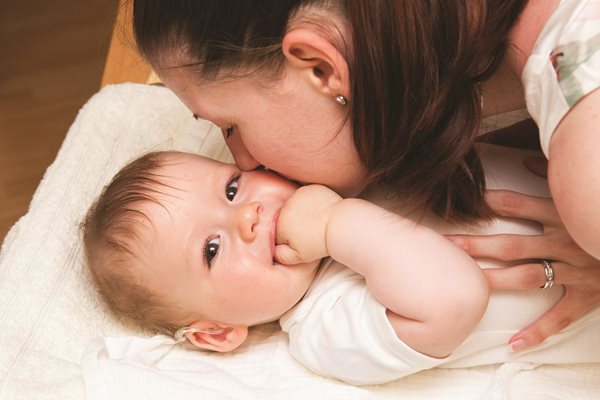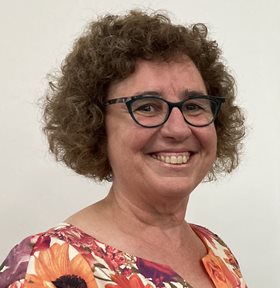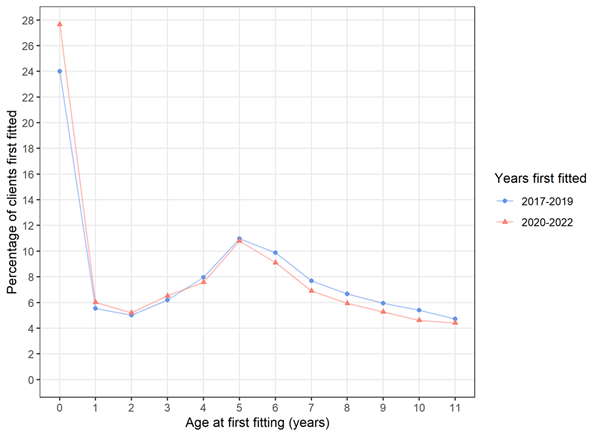Working together through the pandemic to change the lives of children with hearing loss
29 August 2023

For children who are deaf or hard of hearing, there is conclusive research evidence that supports the importance of early diagnosis and intervention. Studies, including the National Acoustic Laboratories’ (NAL) landmark LOCHI study, have shown that the earlier a child's hearing loss is identified and intervention commenced, the better their long-term speech and language development.
Between 2020 and 2022, COVID-19 restrictions gave rise to several factors that could have resulted in a delay in hearing aid fittings for children during this period.
“The big question I wanted to answer was: did COVID-19 restrictions cause a delay in the fitting of hearing aids for babies born with a hearing loss between 2020 and 2022?” said Alison King, Principal Audiologist for Paediatric Services at Hearing Australia.

While Hearing Australia remained open throughout the pandemic, there are various factors that could have impacted how readily children were fitted with hearing aids during this time. These include:
- a willingness or ability of families to attend newborn hearing screenings, diagnosis, and hearing aid fitting appointments, particularly during lockdowns, and
- the impact of home schooling on the uptake of school screening programs as well as the opportunity for teachers to identify hearing problems in the virtual classroom. Home schooling may have made it harder to identify the impact of hearing loss on children’s learning. This is because, in the home environment, children and families are often able to control the listening conditions, such as using headphones or creating a more conducive listening environment.
Each year approximately 500-600 children receive their first hearing aids before their first birthday. For children born in 2021, a closer look at the data revealed:
- 580 received hearing aids before they turned one, and
- 60 per cent were aided before they were four months old, and 74 per cent were aided before they were 5 months old.
“Pleasingly, when we analysed the data, we did not see any significant change in the age of first fitting for babies born with a hearing loss. In fact, the average age of first fitting dropped slightly between 2017 and 2022, with more babies aided before they were four months of age, and the majority fitted before 6 months of age, which is consistent with best practice,” said Alison.
“This is a true testament to the great work of our people, the strong collaboration that exists in the hearing health sector and the hard work of everyone all the way along the pathway, from screening to diagnosis to referral, to the care provided by Hearing Australia,” said Alison.
The second part of the team’s analysis was to determine if the pandemic resulted in later diagnosis of hearing loss.
Alison says, “We examined hearing aid fitting patterns for children up to the age of 12 years. Our data revealed that there was a slightly higher proportion of children fitted under the age of 12 months in 2020-2022 compared to 2017-2019.

“So, while there were a number of factors that had the potential to impact the age of first hearing aid fitting over the past three years, our data shows there have been no adverse effects on our paediatric program.
“During an extremely challenging period of lockdowns and restrictions, the hearing health sector continued to work together to ensure children with hearing loss could receive life changing help for them and their families.
“To the best of my knowledge, I believe this data and the demonstrated impact have not been replicated anywhere in the world.”
